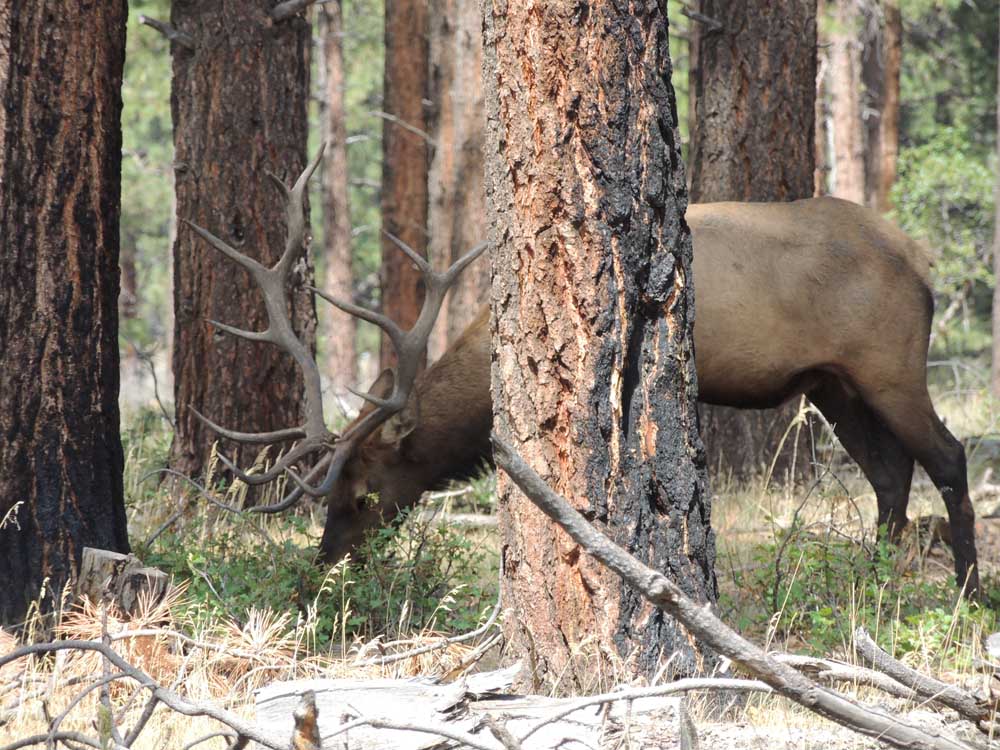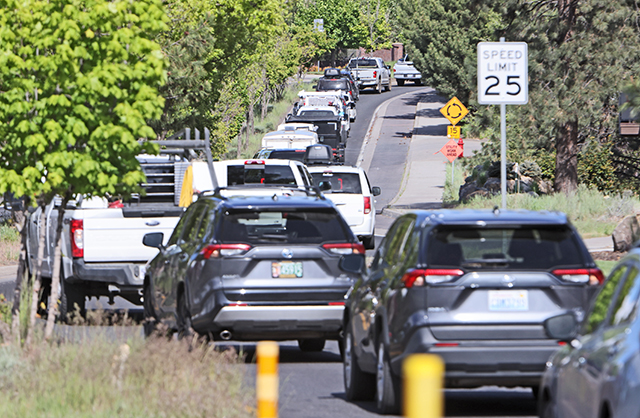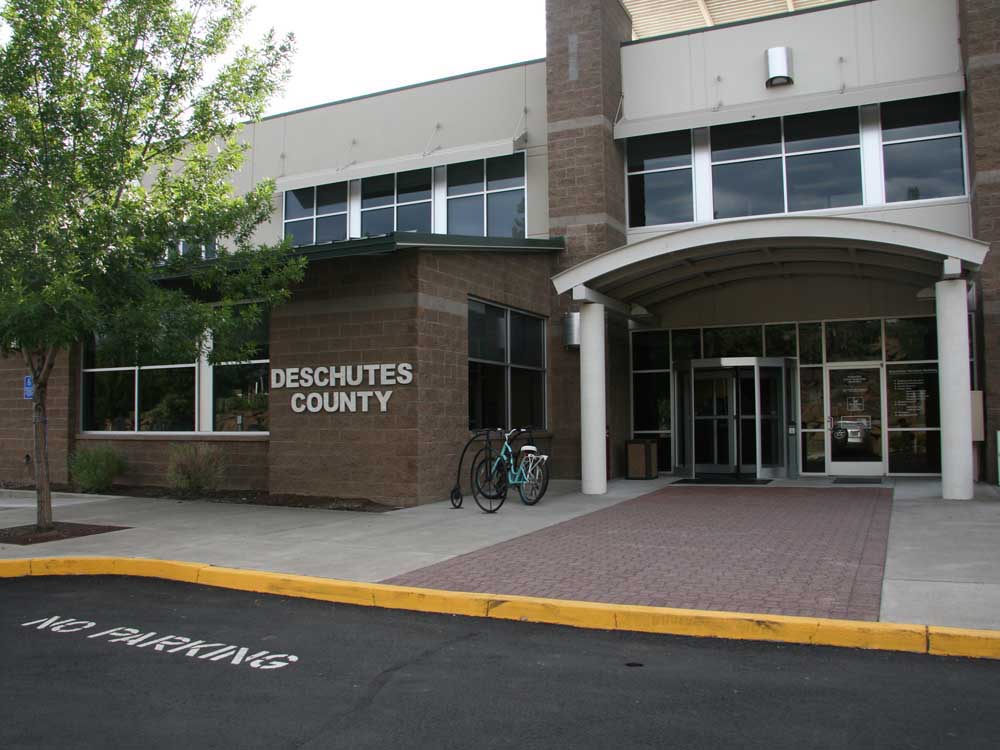Central Oregon elk hunting
Published 12:00 am Wednesday, November 5, 2014

- Gary Lewis / For The BulletinIn late August and early September, bull elk break away from the bachelor groups and stake out their own territory. At this stage of the season, bulls “locate” by bugling while they establish their territory.
“Bull, bull, bull!”
Rodney scrambled back from the edge of the cliff and tried to show us where he’d spotted the elk a moment before. Hearts racing, we picked apart the junipers with our binoculars. There had been a solitary bull there, but a moment before, he’d vanished like smoke.
It was first light, opening day. Instead of a rifle, I carried 15×50 Alpen binoculars and a skinning knife. My tag had expired in the Cascade rifle elk season, so I’d try to help my friends Rodney Smith and Mike Crawford and a hunter named Leon Colson from Cape Cod on this, his first elk hunt.
We were on 5,000 acres of private land, high on a prominent peak in Central Oregon. At the last report, the elk had been seen on the back of this same ridge, a herd of 70 with a big bull, a 6-by-6 said to measure about 340 inches on the Boone and Crockett scale.
Right or wrong, we couldn’t locate that lone bull again, so we decided to try to find the big herd. We’d come back and look later.
Up on top of the butte, we parked the truck and ghosted over the shoulder of the hill to look into shaded basins choked by junipers and graced by tall pines. Most of the junipers were in the 5-to-30 year age class, and I couldn’t help but try to imagine this land the way John C. Fremont saw it, or the way Chief Paulina saw it.
Before fire suppression, the junipers were controlled by fire, and there must have been just a few. We know from history that the grass in the 1850s was as high as a horse’s withers. We saw the old gnarled juniper monarchs and a few red-barked ponderosa, some that were saplings when Meek’s lost wagon train of 1845 rolled through on its ill-fated journey west.
In a canyon, Crawford pointed out the yellowed top of an aspen tree in a sea of junipers. In Chief Paulina’s time, I guessed, that whole draw was filled with aspens and a lot more water flowed from the spring.
High on a ridge, Crawford spotted the tines of a dropped antler, and I hiked across the canyon and walked back with a 4-point mule deer shed that had lain where its previous owner had dropped it. On the way back, I cut the track of a lone bull.
In the middle of the afternoon, we went back into that canyon, and Crawford stopped to check his trail camera. He pulled the chip, stuck it into his pocket camera and played back the images.
Wild turkeys, mule deer and one blurry photo taken in the dark of the night, just hours before we looked into the canyon. A lone elk. It was a side profile of a 6-by-6 with long sword points and beams that would have scratched his rump if laid back along his body. This was the bull we were after, and he was by himself now. He’d pulled away from the herd.
We drove away from camp earlier on day two and spent the whole day, from dawn to dusk, on the lookout for a bull. On another ridgeback, where my partners followed tracks around the right side of a juniper, I walked the left side and found a lone antler dropped by a spike bull two springs ago. Another clue. Somewhere in all these folds of country was a herd of elk, somewhere there were satellite bulls that trailed by themselves, and somewhere was a 340-class 6-point.
A lot has changed, but the elk hunt is not very different today than it was in the 1850s, or the 1950s. The hunter who focuses on one bull in one herd, who learns the land and the patterns, is the hunter who most often brings home an elk.
According to the statistics, Oregon hunter success runs about 11 percent for elk and it takes six days or more to make the most of a season — to tie a tag on a bull. This is a five-day season and we have three more days. It can all turn around in a heartbeat. With two tags and four sets of eyes, we’ll give it our best shot.
— Gary Lewis is the host of “Frontier Unlimited TV” and author of “John Nosler — Going Ballistic,” “A Bear Hunter’s Guide to the Universe,” “Hunting Oregon” and other titles. Contact Lewis at www.GaryLewisOutdoors.com.






